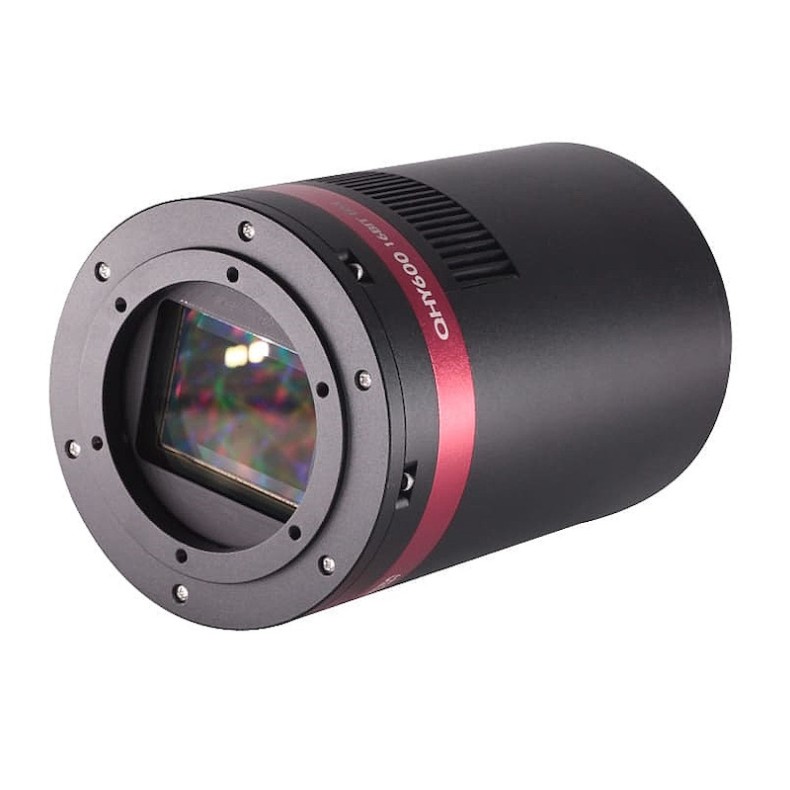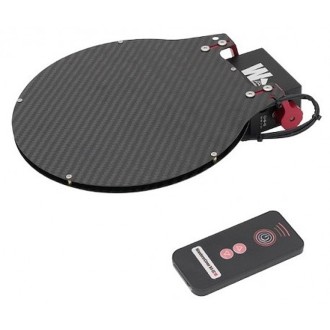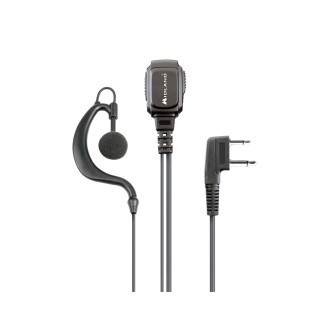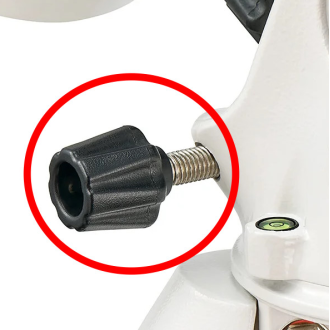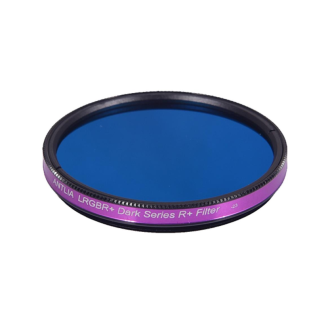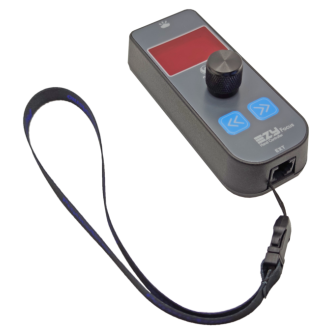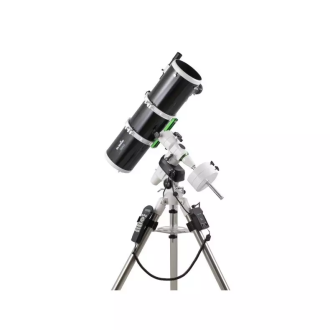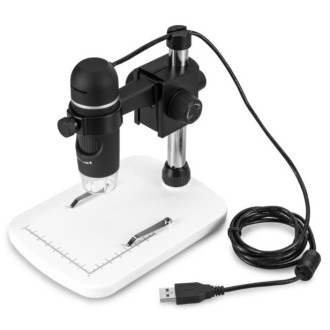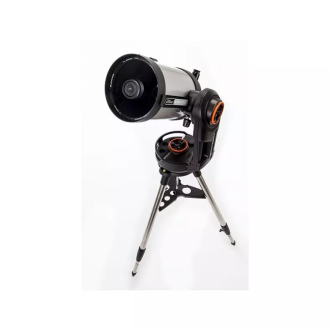QHY model QHY600PH-C SBFL color CMOS camera
The QHY600 uses the latest SONY IMX455 back-illuminated sensor, a full-frame (35mm format) sensor with 3.76um pixels and 16-bit native A/D, with a size of 36mm x 24mm.
With its round body design, the QHY600 is an ideal camera to combine with the imaging circle of RASA telescopes.
| Carrier | Description | Estimated Delivery | ||
|---|---|---|---|---|
 |
Home delivery - International | Home delivery - International |
Tuesday, 27 May - Tuesday, 3 June |
|

Home delivery - International
Home delivery - International
Estimated delivery:
Tuesday, 27 May - Tuesday, 3 June
The modelsSBFL (Short back-focal length version)Are specially designed for DSLR lens users or for those who need a short focal length. This version has a special front part which has 14.5mm B.F.L only (B.F.L consumed is equal to 12.5mm when QHYCFW is connected. About the definition of "BFL Comsumed" and our adapter system please see: https://www.qhyccd.com/astronomical-camera-adapter-bfl-solution/). A model with suffix "SBFL" can be easily adapted to Canon/Nikon lenses even with filter wheel. On the side of this adapter there is a 4mm hole to connect the air pump through plastic tube in case the glass spray when needed.
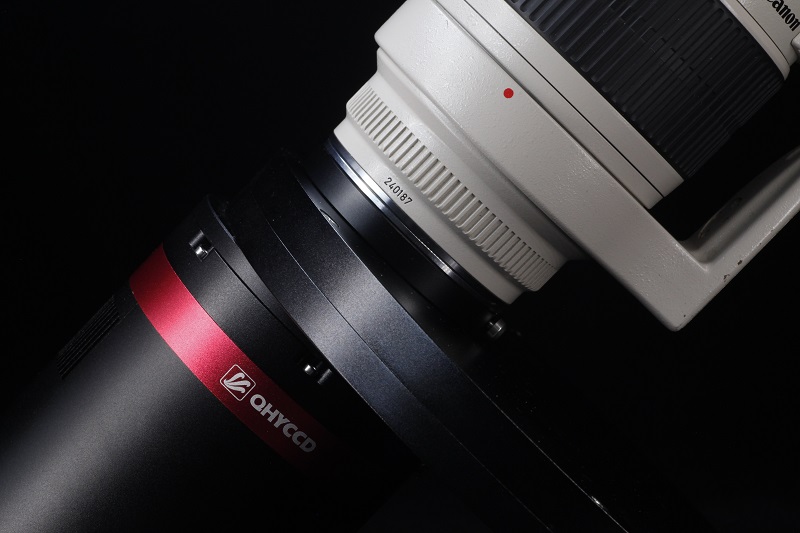
With the advantage of low readout noise and high readout speed, CMOS technology has revolutionized astronomical imaging. A monochrome, back-illuminated, high-sensitivity astronomical imaging camera is the ideal choice for astrophotographers. The QHY600 series uses SONY IMX455, a full-frame (35mm format) BSI sensor with 3.76um pixels and 16-bit native A/D. This sensor is available in both monochrome and color versions. The QHY600 Series ends the days of uncooled 16-bit CMOS cameras and ends the days of uncooled full-frame (and larger) monochrome CMOS cameras.
- Extremely low dark current (0.002e/p/s@-20C) thanks to SONY's Exmor BSI CMOS technology.
- Zero amplifier brightness.
- Only one readout noise electron at high gain and maximum resolution and readout speed of 4FPS. One readout noise electron means that the camera can achieve SNR>3 with only 4 to 6 photons. This is perfect performance when conditions are photon limited, i.e. short exposures, narrow band imaging, etc., making this large area sensor ideal for sky surveys, time domain astronomy, fluorescence imaging, DNA sequencing and microscopy.
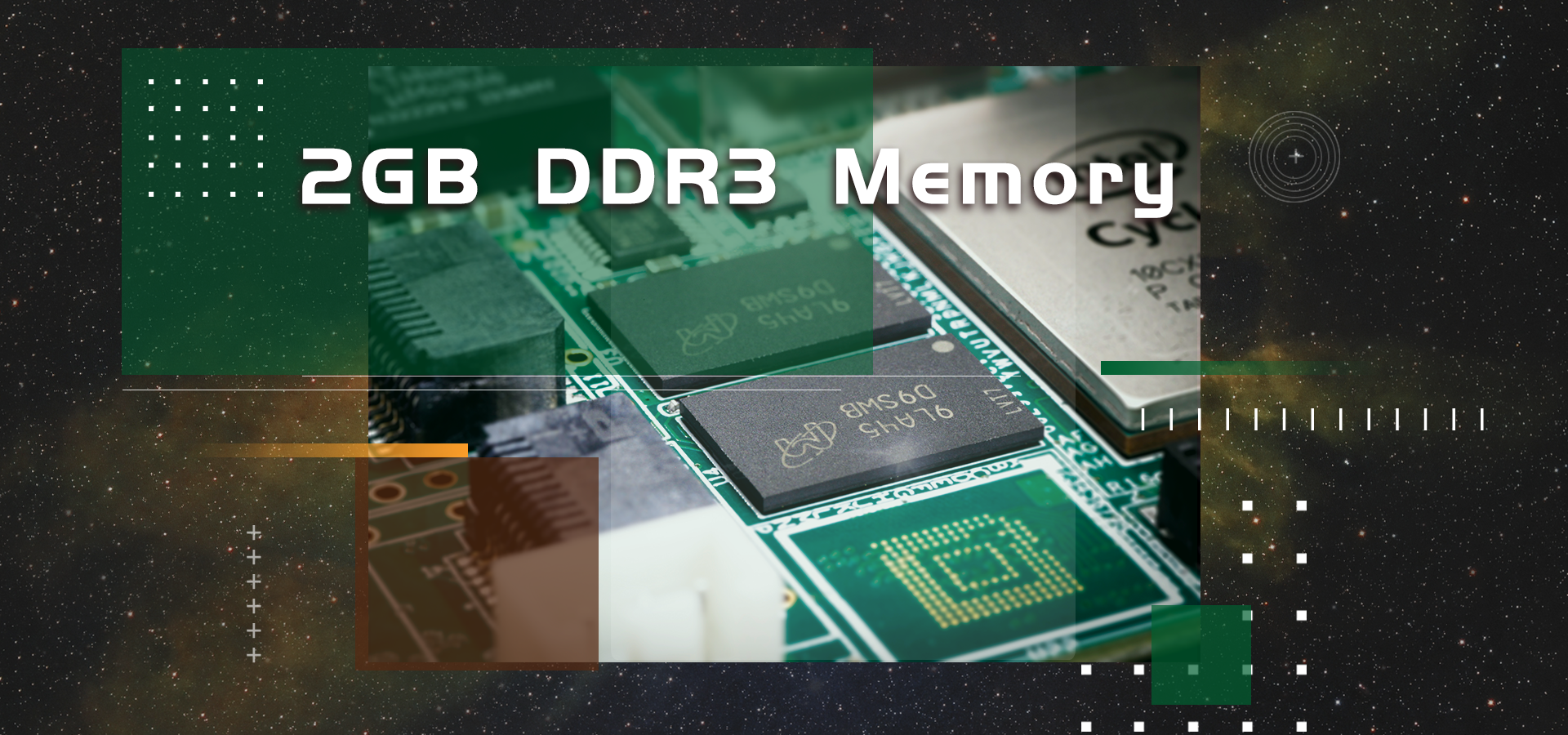
To provide uninterrupted and smooth data transfer of the entire 60 MP sensor at high speed, the QHY600 series (except QHY600M-PH L) has a 2 GB DDR3 image buffer. The pixel count of the latest generation of CMOS sensors is very high, resulting in higher memory requirements for temporary and permanent storage. When using some computers that do not have fast processors or have poor USB 3.0 support, the computer cannot transfer high-speed data well and data is often lost. DDR can buffer a lot of image data and send it to the computer. Even if USB 3.0 transmission is frequently suspended, it will ensure that data is not lost.
For example, the QHY600 sensor produces about 120 MB of data per frame. In addition, the data bandwidth has increased from the original 16 bits to the current 32 bits. Transferring such large file sizes necessarily requires that the camera has sufficient memory. This large image buffer meets the high-speed image acquisition and transmission needs of the new generation of CMOS, making multi-frame shooting smoother and less stuttering, further reducing the strain on the computer CPU.
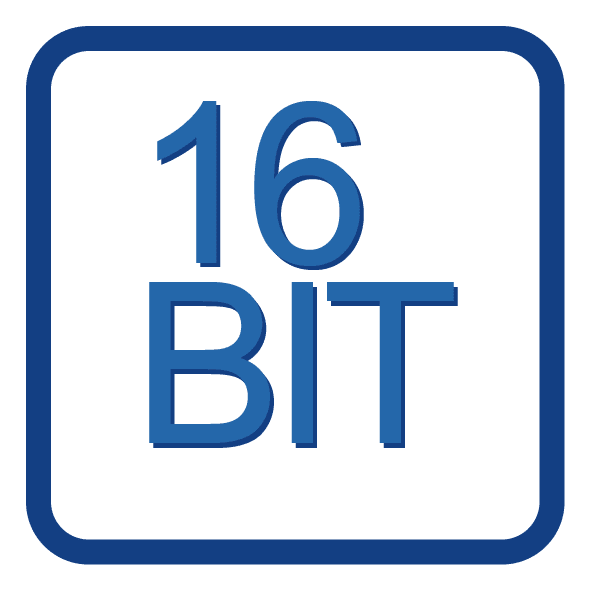
Native 16-bit A/DSony's new sensor has native 16-bit A/D on-chip. The output is true 16-bit with 65536 levels. Compared to 12-bit and 14-bit A/D, a 16-bit A/D offers higher sampling resolution and the system gain will be less than 1e-/ADU with no sampling error noise and very low read noise.
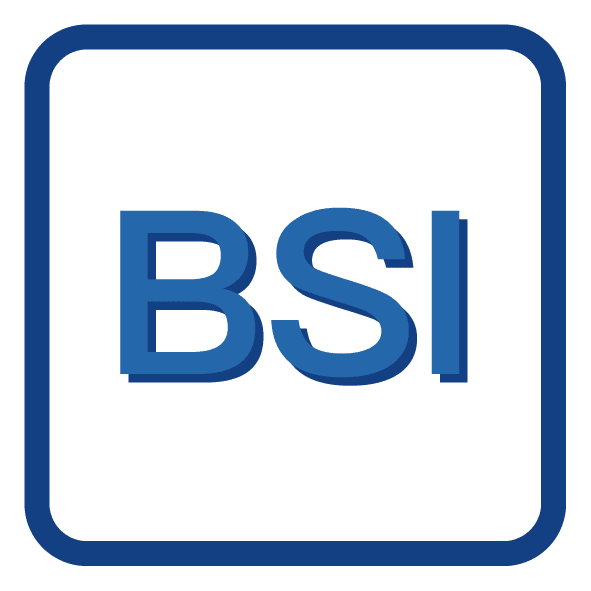
BSIOne of the advantages of the back-illuminated CMOS structure is the improved full-well capability. In the back-illuminated sensor, light enters the photosensitive surface from the reverse side. In this case, the embedded wiring structure of the sensor is located below the photosensitive layer. As a result, more photons strike the photosensitive layer and more electrons are generated and captured in the pixel well. This ratio of photon output to electron output is called quantum efficiency. The higher the quantum efficiency, the more efficient the sensor is at converting photons into electrons, and therefore the more sensitive the sensor is at capturing an image of something faint.

TRUE RAW dataIn the DSLR implementation there is a RAW image output, but it is usually not fully RAW. Some evidence of noise reduction and hot pixel removal is visible on close inspection. This can have a negative effect on the image for astronomy, such as the "star-eating" effect. However, QHY cameras offer a TRUE RAW IMAGE OUTPUT and produce an image composed only of the original signal, thus maintaining maximum flexibility for post-acquisition astronomical image processing programs and other scientific imaging applications.

Zero Amplify GlowThis is also a zero-amplifier brightness camera.

Cooling and anti-freeze controlIn addition to dual-stage TE cooling, QHYCCD implements proprietary technology in the hardware to control dark current noise. The optical window has a built-in dew heater and the chamber is protected against internal moisture condensation. An electric heater plate for the chamber window can prevent the formation of dew.

Sealing technologyBased on nearly 20 years of experience in refrigerated chamber design, the QHY refrigerated chamber has implemented the sealing control solutions. The sensor itself is kept dry with our silicone gel tube socket design for humidity control inside the sensor chamber. By the way, there is no oil leakage.
Advanced functions
Multiple reading modes
Multiple readout modes are special for 16-bit QHY cameras (QHY600/268/461/411). Different read modes have different controller times, etc., and result in different performance. See details in "Multiple Readout Modes and Curves".
Random change thermal noise suppression function
It is possible that some types of thermal noise may change over time in some back-illuminated CMOS cameras. This thermal noise has the fixed position characteristic of typical thermal noise, but the value is not related to exposure time. Instead, each frame appears to have its own characteristics. The QHY600/268/461/411 use innovative suppression technology that can significantly reduce the apparent level of such noise.
UVLO Protection
UVLO(Under Voltage Locking) is to protect the electronic device from damage caused by abnormally low voltages.
Our daily experience tells us that the actual operating voltage of an electrical device must not significantly exceed the rated voltage, otherwise it will be damaged. In the case of precision equipment such as cameras, long-term work with too low input voltage can also be detrimental to the lifetime of the camera, and may even cause some devices, such as the power supply manager, to burn out due to long-term overload. In the all-in-one driver and SDK after stable version 2021.10.23, the camera will give a warning when the camera input voltage is below 11V.
Optimizing USB Traffic to Minimize Horizontal Banding
It is a common behavior for a CMOS sensor to contain some horizontal banding. Normally, random horizontal banding can be eliminated by stacking multiple frames, so it does not affect the final image. However, periodic horizontal banding is not removed by stacking, so it may appear in the final image. By setting the USB traffic to Single Frame or Live Frame mode, the frequency of the CMOS sensor driver can be adjusted and the horizontal banding appearing in the image can be optimized. This optimization is very effective in eliminating periodic banding in some conditions.
A typical Horizontal Periodic Noise under certain values of USB_TRAFFIC.
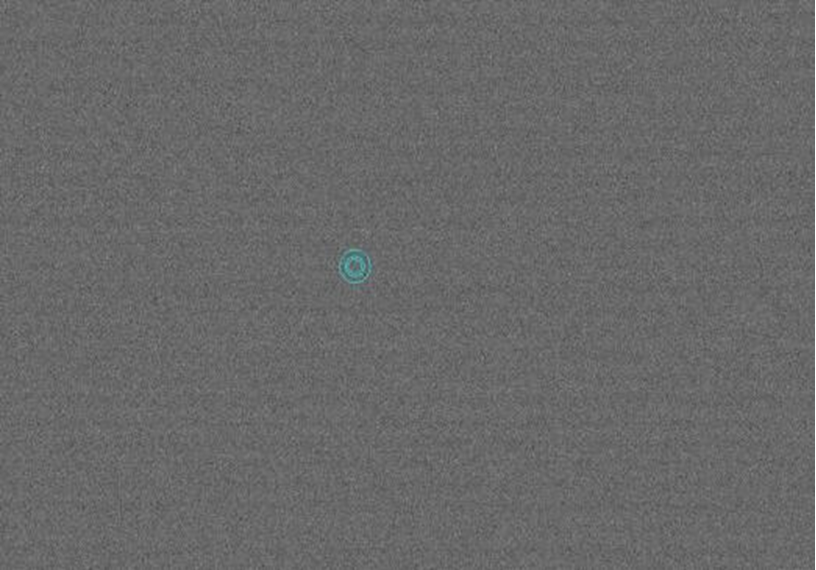
After adjusting the USB traffic to avoid periodic horizontal noise.
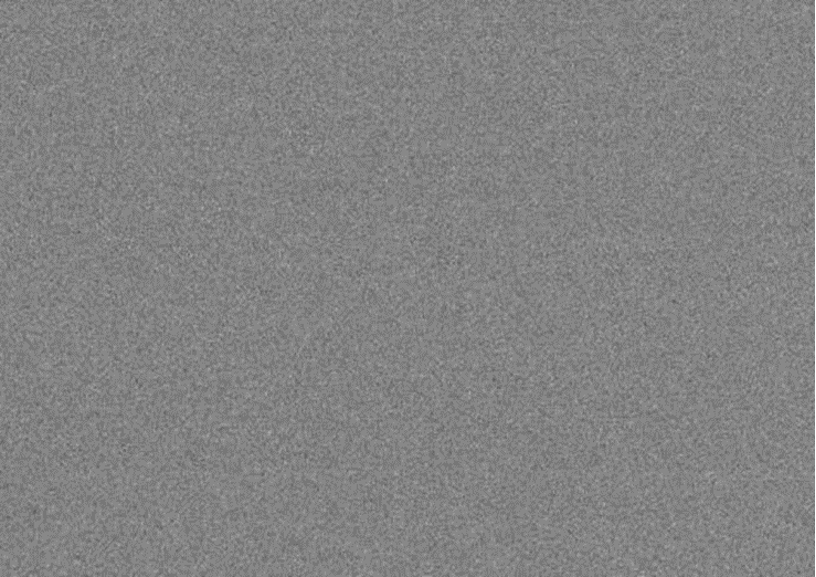
Restart the camera by turning it off and on
The camera is designed to use the +12V to reboot the camera without disconnecting and reconnecting the USB interface. This means that you can reboot the camera by simply turning the +12V off and then on again. This feature is very useful for controlling the camera remotely in an observatory. You can use a remote controlled power supply to reboot the camera. There is no need to consider how to reconnect the USB in case of remote control.
User images
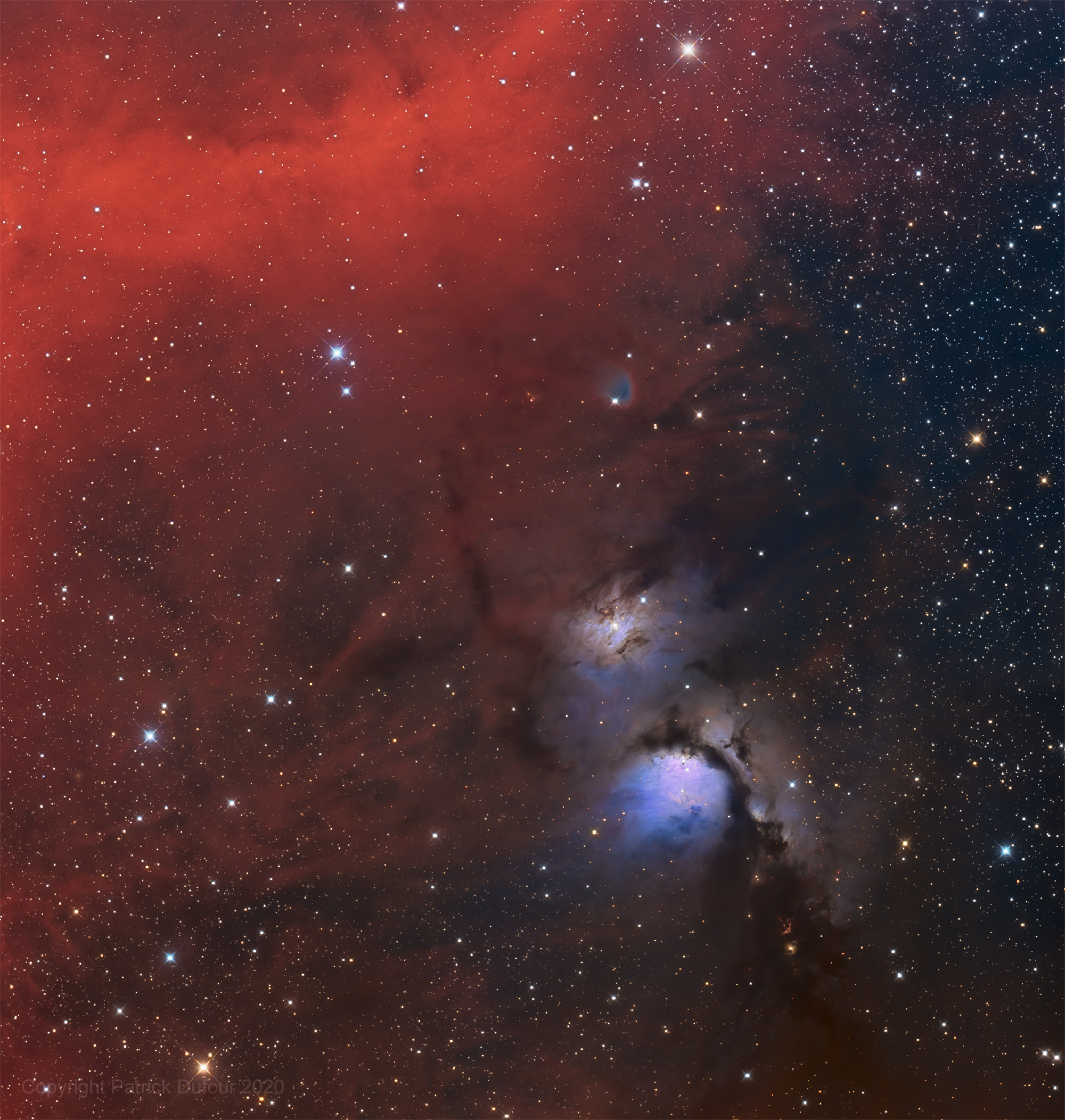
Contrasting and colorful area of M78 Photographer: Patrick Dufour Telescopes or imaging objectives: AG Optical 12.5″ iHW Imaging cameras: QHYCCD QHY600 Mounts: iOptron CEM120 EC2 Integration: 33.3 hours
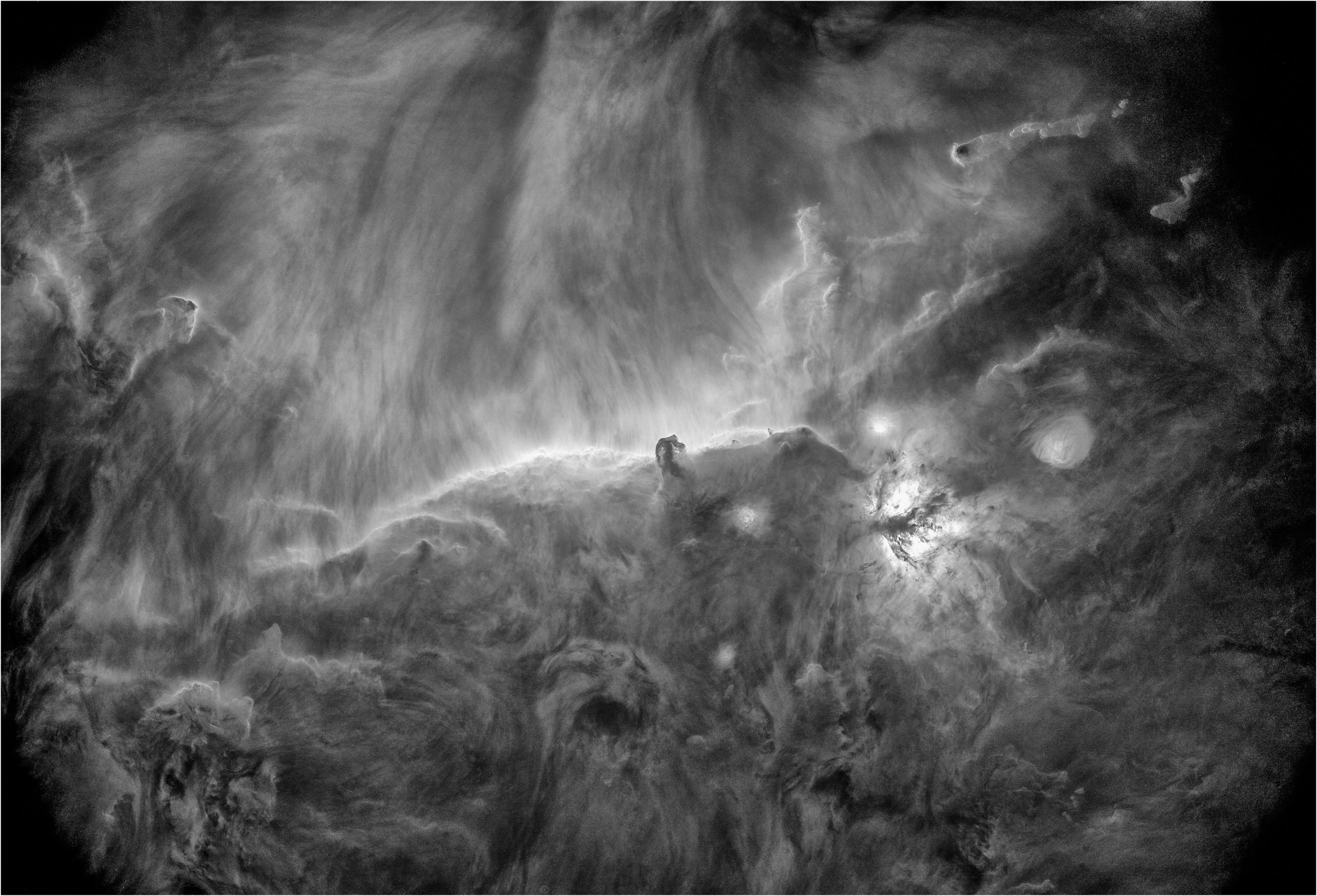
Horse Head Nebula in H-alpha wavelength. Author: Wu Zhen Imaging camera: QHYCCD QHY600 with RASA11Horse Head Nebula in H-alpha wavelength. Author: Wu Zhen Imaging camera: QHYCCD QHY600 with RASA11
Technical characteristics
| Model | QHY600PH (View Photo) QHY600PH SBFL (See. Short Rear Focal Length) |
| CMOS Sensor Sensor | SONY IMX455 |
| Mono/Color Sensor | Both Available |
| FSI/BSI | BSI |
| Pixel size | 3.76um x 3.76um |
| Effective pixel area | 9576*6388(9600*6422 with overscan and optically black area) |
| Effective pixels | 61.17 Megapixels |
| Sensor size | Full Frame (36mm x 24mm) |
| A/D sampling depth | 16-bit (0-65535 grayscale) A/D Native |
| Full Well Capacity (1×1, 2×2, 3×3) | Standard mode >51ke- / >204ke- / >408ke- / >408ke- Super Full Well mode >80ke- / >320ke- / >720ke- / >720ke- |
| Image frequency | Full resolution: 4.0FPS (8-bit output) ; 2.5FPS (16-bit output) ROI: 7.2FPS@9600×3194, 22.5FPS@9600×1080, 28FPS@9600×768, 47FPS@9600×480, 160FPS@9600×100 |
| Reading noise | 1.0e- to 3.7e- (Standard mode) |
| Current of darkness | 0.0022e-/p/s @ -20℃ 0.0046e-/p/s @ -10℃ |
| Exposure time | 40us - 3600 s |
| Unit Profit* Unit Profit* Unit Profit* Unit Profit* Unit Profit | 25 (PH Mode, or Full Well Extended Mode) 56 (High Gain Mode) *See more in "Readout Modes". |
| Amplifier Control | Amplifier zero brightness |
| Remote Firmware/FPGA Upgrade Support | Through the USB port of the camera |
| Shutter | Electric shutter |
| Computer interface | USB3.0 |
| Built-in image buffer memory | 2GB DDR3 memory |
| Cooling system | TEC dual-stage cooler: - Long exposures (> 1 s) typically -35℃ below ambient - Short presentations ( |
| Type of optical window | AR+AR High-quality multi-layer anti-reflective coating |
| Anti-Cold Heater | Yes |
| Telescope interface | M54 or M48 bracket (Combined with adapters) |
| Rear focal length | QHY600PH: 17.5mm 6mm (CAA) QHY600SBFL: 14.5mm(±0.2) *See more:https://www.qhyccd.com/adapters/ |
| Weight | About 850g |
Linearity test
We did a test for the QHY600 under ultra high fullwell mode. The results are quite good showing a good linear response range up to 73ke-. The results can be found here:
https://www.qhyccd.com/qhy600-linearity-test/
The linear test results of the QHY600 show a good linearity up to 73000e-. This is in readout modes # 0 and # 2. Gain = 0. Gain = 0. In the linear fit plot we deleted the data above 73000e- and obtained R ^ 2 = 0.9998.
At very short exposure times below 20ms the value is quite small and may be flicker induced by the tablet.
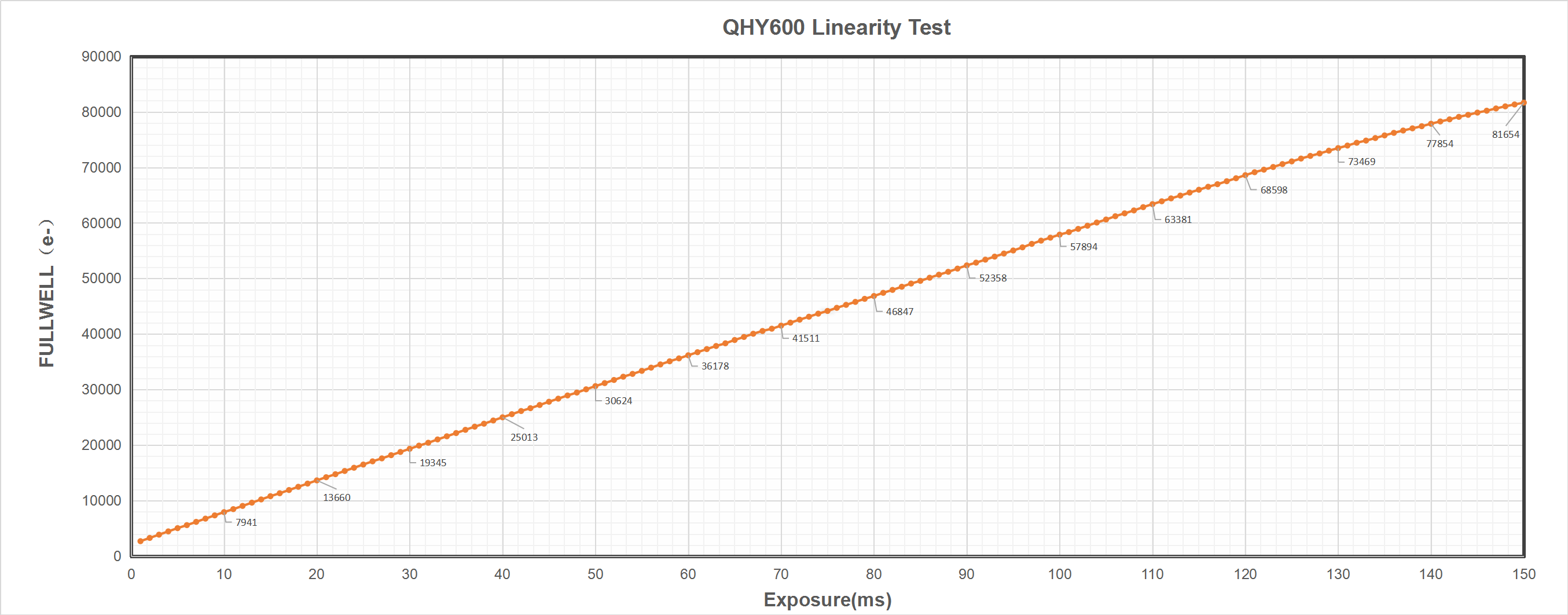
Mechanical dimensions
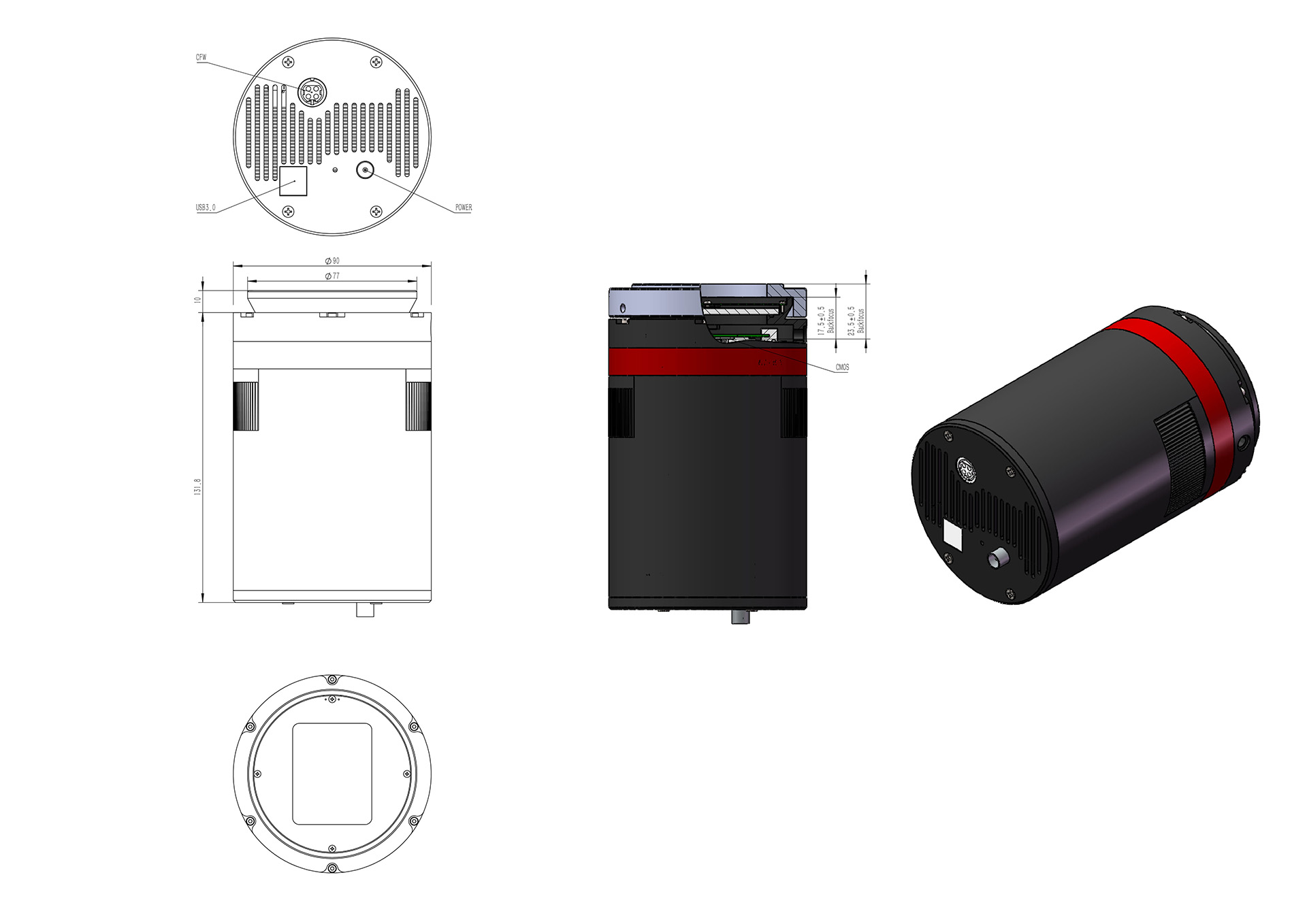
Layout of the image area
The QHY600 can output the entire active area of the sensor, including the optically black pixels and the overscan area. The total image size, including the optically black area, is 9600 x 6422 pixels. The optically black area is on the left side of the image and the overscan area is at the bottom of the image.
The difference between the optically black area and the overscan area is that the optically black area includes the dark current during a long exposure, while the overscan area does not include the dark current during an exposure. Neither the optically black area nor the overscan area responds to light, so they are considered the "non-effective" area of the sensor.
In the lower part of the overscan area you may find some vertical series of dots in a single frame that may become vertical lines after stacking. One of the reasons for this is that the FPN calibration results represented in the overscan area cannot be found in the effective image area.
The following image is the lower left corner of a 300 second dark image. You can see these points in the overscan area. The optically black level area and overscan area are normally used for accurate calibration of an image and for calibration of an image without using a polarization frame or dark frame, or for some scientific applications. Since the optically black and overscan areas are not part of the effective image area, QHYCCD does not guarantee signal quality in these areas. If you do not use these areas, you can select the "Ignore overscan area" option in the ASCOM driver or select an effective area ROI in SharpCAP.
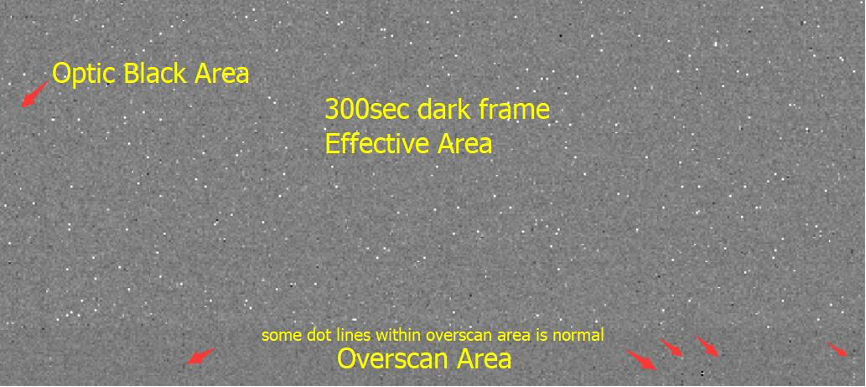
Multiple reading modes and curves
Reading mode #0 (Photographic mode)
Reading mode No. 1 (high gain mode)
Reading mode No. 2 (Super Fullwell mode)
Reading mode No. 3 (Extend Fullwell-2CMS mode)
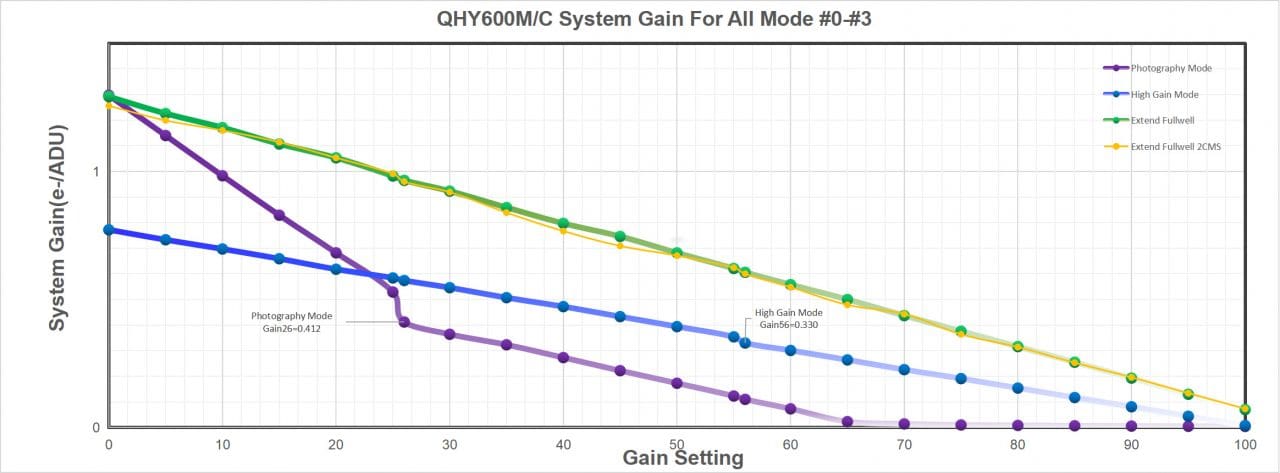
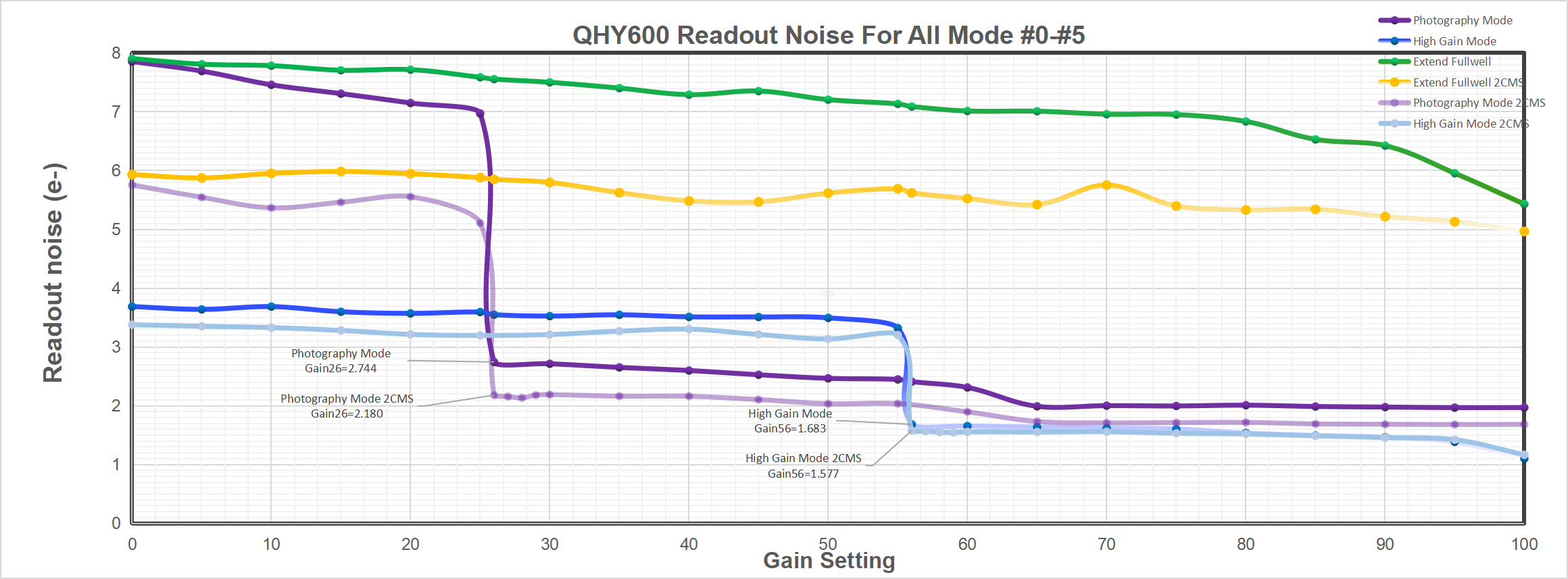
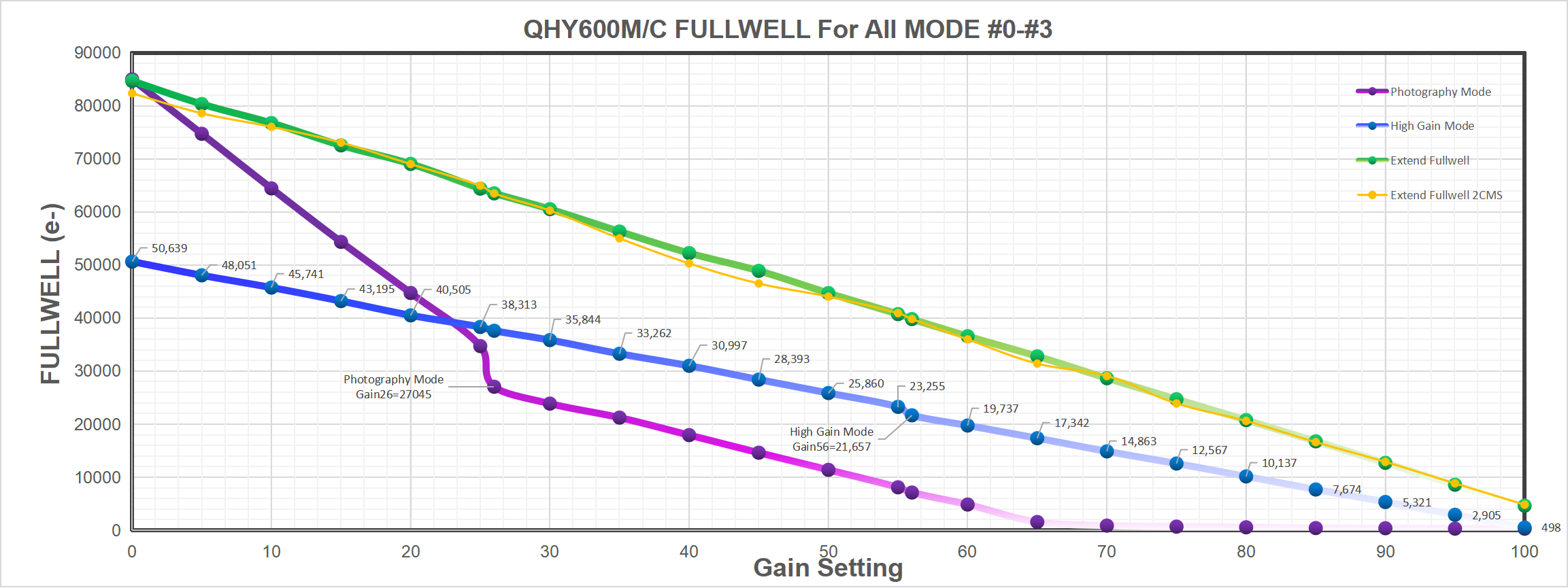
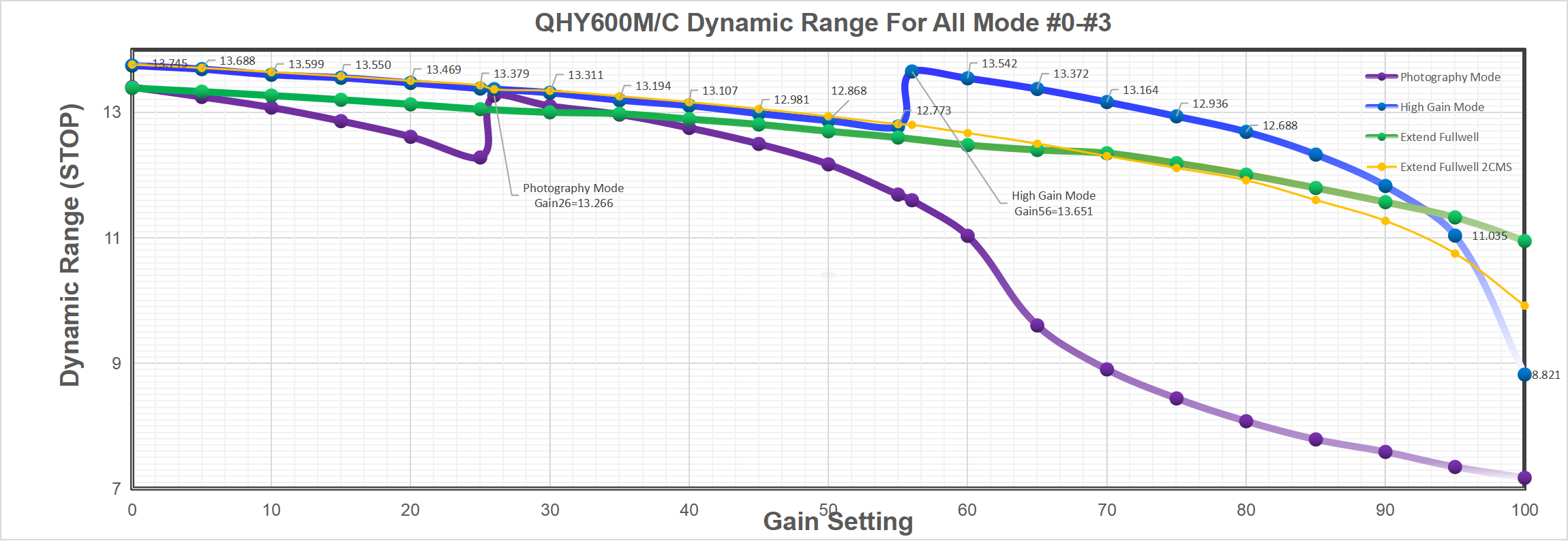
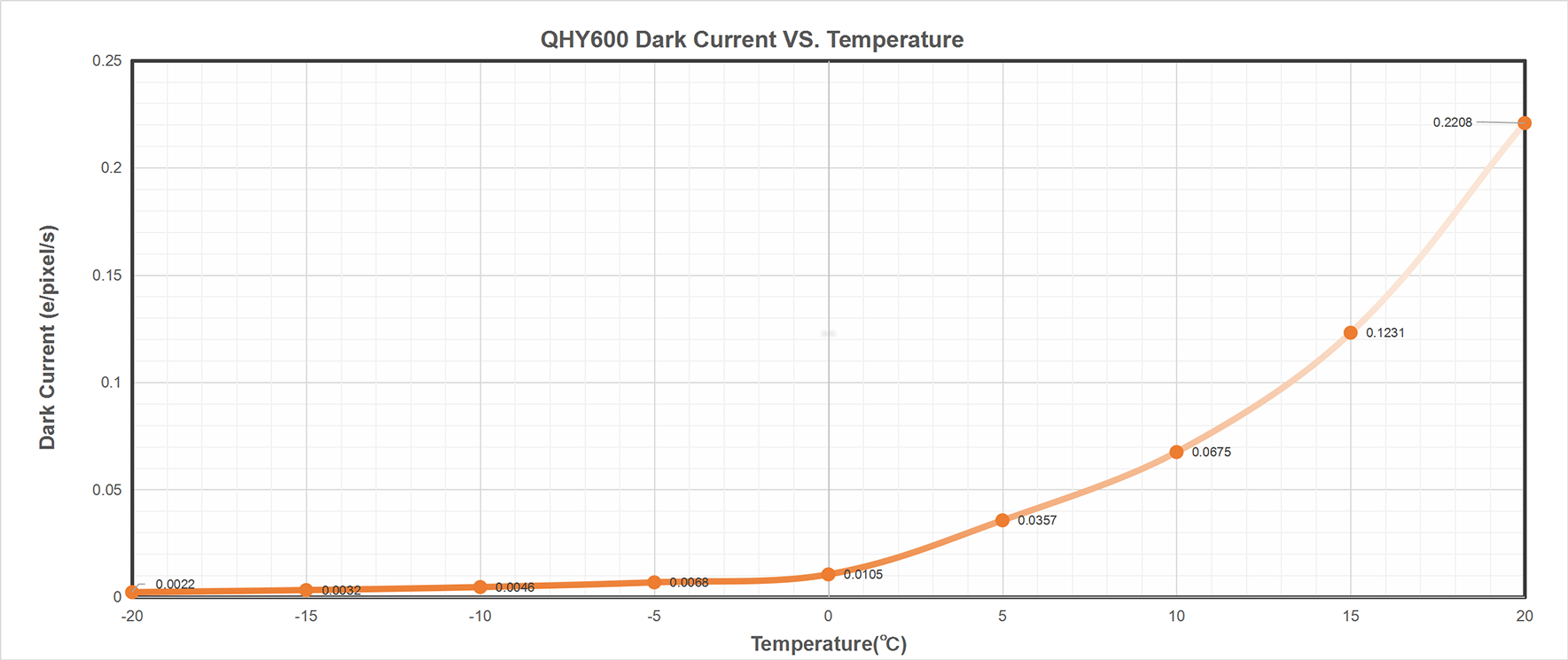
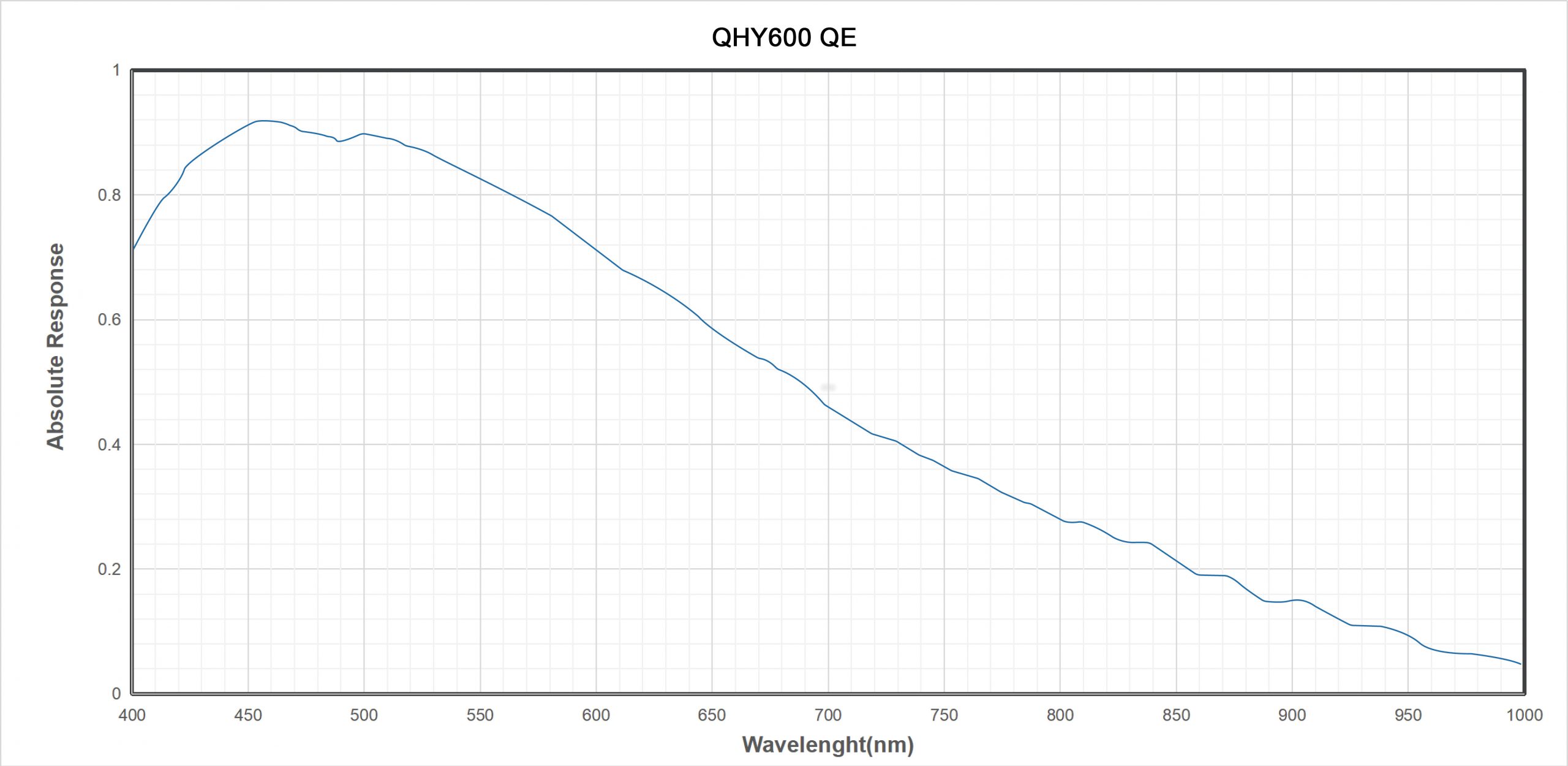
The multiple readout modes are special for the 16-bit QHY cameras (QHY600/268/461/411). Different read modes result in different performance. These read modes are currently supported in ASCOM, SharpCap and N.I.N.A.
DSO photographic mode (Mode #0)
This mode is suitable for most DSO imaging situations. Since there is a drop in noise between gain 25 and gain 26 (unity gain), we recommend it as the default gain setting; however, gain0 is also good enough for a 16-bit sensor.
High Gain Mode (Mode #1)
This mode is something like double the native iso of some of the new digital cameras, whose dynamic range can be greatly reduced by varying the iso value, such as iso800, iso3200, etc. The high gain mode provides this enhancement for 16-bit QHYCCD cameras. We recommend that you choose this mode when you need to capture at high gain, for example, a dark object. Note that the HGC/LGC switch point of QHY600/268/461 is 56. This means that you should set Gain 56 to get the most out of it.
Extended full well mode (Mode No. 2)
With a pixel size of 3.76um, these sensors already have an impressive full well capacity of 51ke. However, QHYCCD has implemented a unique approach to achieve a full well capacity in excess of 51ke through innovative user-controllable readout mode settings. In extended full-well mode, the QHY600 can achieve an extremely large full-well load value of nearly 80ke- and the QHY268 can achieve nearly 75ke-. Higher full-well capability provides greater dynamic range and is less likely to saturate large variations in brightness magnitude.
2CMS modes
Extended full well mode-2CMS (Mode#3)
DSO Photo-2CMS mode (Mode#4)
High gain mode-2CMS (Mode#5)
Based on the above three basic modes, the 2CMS mode can greatly reduce read noise by secondary sampling while maintaining the same full-well value and system gain. We prefer the 2CMS modes to the basic modes in astrophotography. Incidentally, the recommended gain values are the same as those of the basic modes.
Accessories (Box Contents)
| ARTICLE | QUANTITY |
| Camera | 1 |
| Locking power cable | 1 |
| USB3.0 cable | 1 |
| 12 V power adapter | 1 |
| 12 V power adapter | 1 |
| Desiccant tube | 1 |
| M54 to 2" adapter | 1 |
| Instrustion Adapter Kit | 1 |
| Unit download instructions | 1 |
| Adapter kit | C1 (QHY600M-PH) D1 (QHY600C-PH) B1 (QHY600M-PH SBFL) G1 (QHY600C-PH SBFL) |

